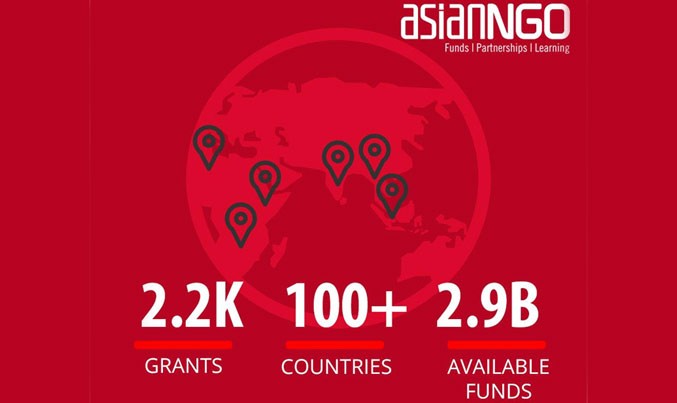Setting up a new organization is no easy feat, and finding sufficient funding has continuously been one of the biggest problems aspiring nonprofits face. If you are a newly-founded NGO, it can be difficult to immediately secure large, international development grants without an established group of experts and partnerships to help. However, developing an initial fundraising plan will allow you to begin growing and working towards your cause in the first few years.
1. Develop your goals
Having clearly-defined goals will help you streamline and direct the rest of your plan. Take the time to develop these overarching targets for the amount of money you hope to raise, as well as a breakdown of what costs this money will be used for (implementing individual projects/programs, building a new facility, etc.).
Goals should be developed with your board of directors to ensure everyone is on board with the fundraising plans. Increasing support will also improve your efficiency and collaboration, improving your chances of success!
2. Break down your fundraising plan
Once you set your goals, it’s time to break down how you’re going to concretely achieve them. Consistency is important, and you should develop a written plan that describes your courses of action. Although not all of your ideas might work out and you may find new developments and funding sources in the future, you should develop a rough guide to avoid constantly changing your plan.
Begin this process with an analysis of your current programs and funding. This preliminary financial accounting will also help you roughly determine your monetary goal for fundraising.
3. Estimate how much your program will cost
Include startup costs such as creating your website, as well as operating costs of staff and personnel who will help you with fundraising. Be realistic when calculating costs, but remember to use cost-efficient methods to minimize expenses.
Most experts recommend that overall administrative costs should not exceed 25 percent of your overall budget, leaving three-quarters of your funds to go towards the causes your nonprofit is dedicated to.
4. Develop a timeline
Keep projects and activities on track by putting them into a calendar. This will improve accountability and encourage you to stay focused on your plan. Additionally, identify who will lead each of those projects.
You can also take this a step further by developing timelines for each individual fundraising activity, but make sure to leave room for flexibility and changes.
5. Locate funding sources
While there are many international grants for nonprofits available across a variety of sectors, it is important not to overlook the potential of smaller-scale funding sources and donations from individual sponsors.
Who is your current audience, and can you expand this? Can current donors be leveraged to produce more income, possibly by setting up monthly recurring gifts? Are you maximizing online fundraising and crowdsourcing opportunities?
Once you establish a connection with a sponsor, don’t forget to cultivate this relationship and continue communications to maximize donor retention.
Many organizations also exist to help connect NGOs with international grants for nonprofit organizations through databases.
6. Evaluate and revise your plan
Plan to evaluate what you are doing a few times a year, and don't be afraid to make adjustments if necessary! Develop a set of criteria to use (eg. amount of money raised, number of donors, donor retention rate, etc.), and consider what accounted for your biggest successes and challenges. What worked well? What didn't? Don't forget to apply this knowledge to developing future plans.
Once your organization gets the experience of your first year down, consider expanding to make multi-year plans, setting higher goals, or incorporating new techniques and strategies into your next fundraising plan!
Sources: https://www.thebalancesmb.com/fundraising-plan-new-nonprofit-2502113











